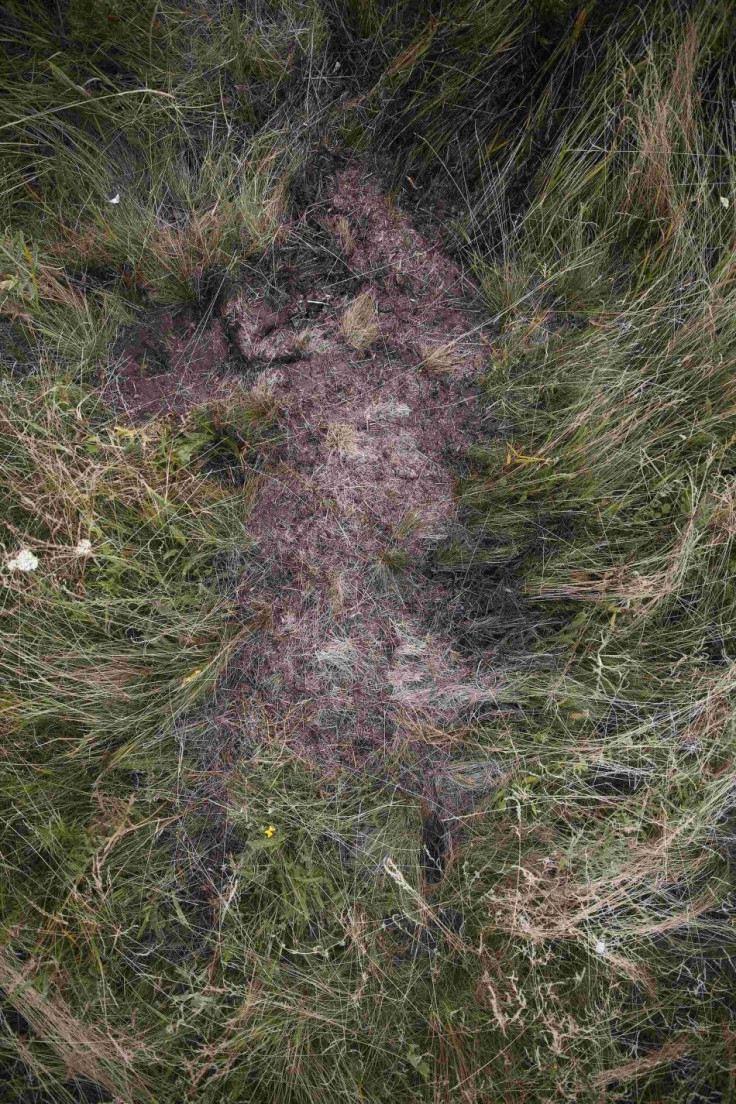Malaysia Airlines MH17: Investigation into Cause of Crash Could Stretch to a Year; Black Box May Not Prove Missile as Cause

Mourning families and loved ones of the 298 lives that perished from the downed Malaysia Airlines MH17 may have to condition themselves to further bear the painful accident. Investigators looking into the aviation accident said the probe could stretch into a year.
Martin Dolan, chief commissioner of the Australian Transport Safety Bureau, this early admitted there "will be no quick response" to know exactly what caused the downing of the airliner.
"These investigations do take time because they need to be thorough and they require the examination of a whole range of different aspects," Mr Dolan said.
For one, Russian-backed rebels had tampered with evidence at the crash site in eastern Ukraine, moving bodies and parts of the shattered aircraft as well as rummaging through the possessions of the dead. It was "disappointing and upsetting," Dolan said.
Even Australian Prime Minister Tony Abbott, in mere exasperation, has described the scene was treated "more like a garden clean-up than a forensic investigation."
Read: Intercepted Phone Conversations Point to Group of Russian Separatists as Alleged Mastermind of Downed Malaysia Airlines MH17 - Report
"[The way the site has been treated] always makes it more difficult for us. Every site tends to be different," Paul Ballard, senior transport safety investigator, said. "We've got to understand that this isn't a site within Australia, so it will get treated in the manner it does in those countries, and this is a more difficult situation as this is a less controlled site than we're used to."
David Gleave, a former aviation safety investigator, told the Guardian that based from the photos that have been posted on the Internet, the aircraft seemed to have suffered from a shrapnel damage from a missile to a section of its fuselage. "The markings are consistent with something external hitting the aeroplane," he said, describing the indentations as indicative of a missile strike.
"It looks like there are markings on the external to the internal of the aircraft, meaning it's not a bomb blowing outwards. That's not the main bit where the missile hit, it's the periphery of the explosion. It looks like secondary damage."
However, if it was indeed a missile that took down Malaysia Airlines MH17, its black boxes or flight-data recorders would prove to be useless.
"I'm not convinced [the contamination of the crash site] is quite as bad as people say. If it's a missile then all the conventional stuff we need for data-gathering goes out of the window. A black box isn't going to tell you it was a missile," he said.
Read: Malaysia Airlines MH17: Vital Black Boxes Finally Land in Hands of Malaysian Authorities, Rebels Announce Ceasefire (PHOTOS/VIDEOS)
There were 27 Australians who died when Malaysia Airlines Flight MH17 crashed in eastern Ukraine while flying to Kuala Lumpur from Amsterdam on July 17.
The Australian government had so far deployed 45 officials to assist in the investigation and recovery efforts.
The Australian Joint Agency Coordination Centre (JACC) warned working on the recovery, identification and repatriation process of the 27 Australians would be complex, noting it might take weeks to complete.
"This will be a difficult and painful period, and the families of the victims will have the government's full support. Our thoughts continue to be with the families of the victims," it said.





















